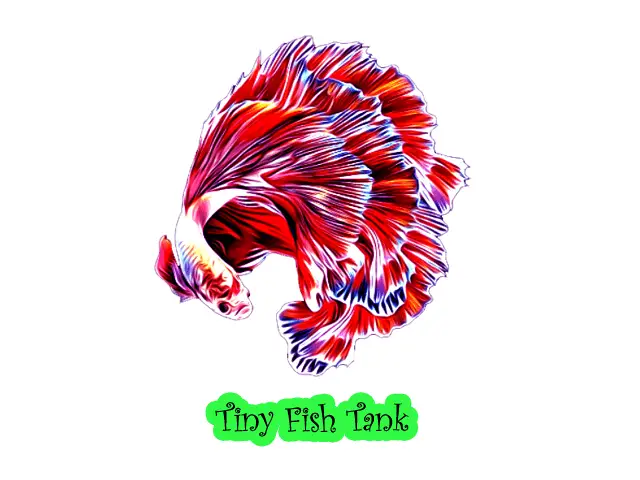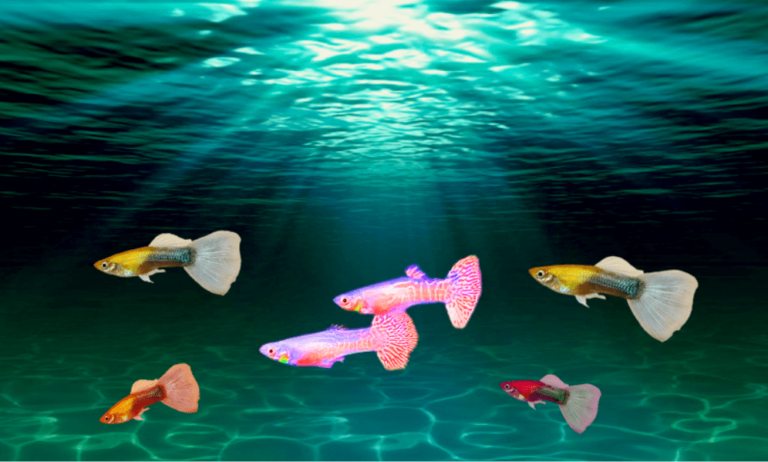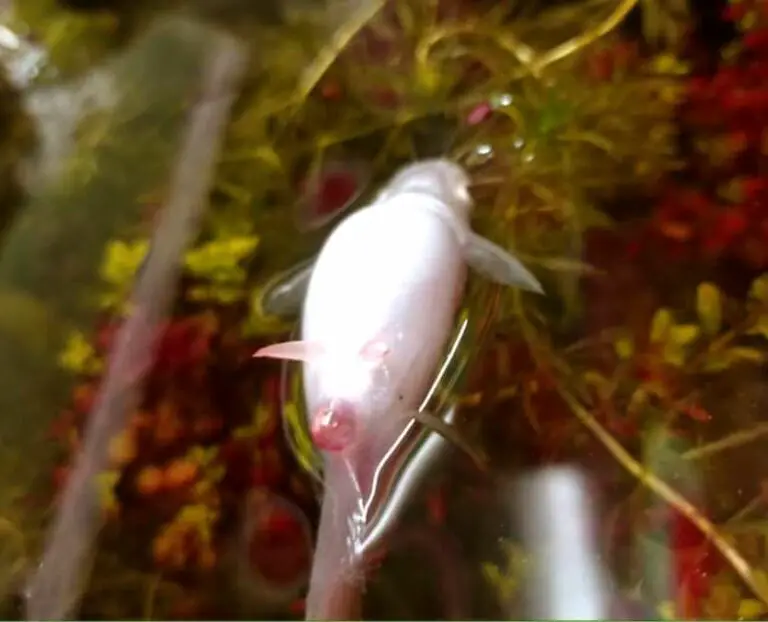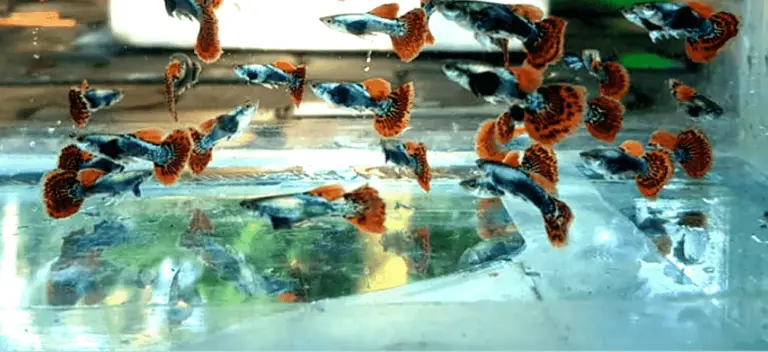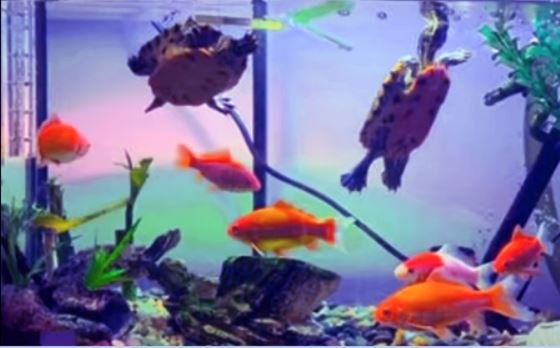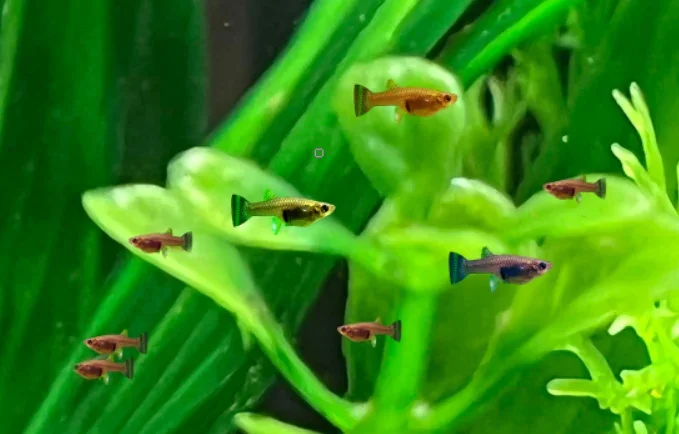Can guppies live in a bowl without oxygen?
Nowadays, many people use a guppy fishbowl to decorate their office room. Some people use an air pump, and some are not using an air pump due to noise.
Can guppies live in a bowl without oxygen? No, Guppies cannot live in a bowl without oxygen. Like other fish in the aquarium, the guppies also need a sufficient amount of oxygen to survive. The fish breathe by pumping water through their gills in the body where oxygen is extracted from the water.
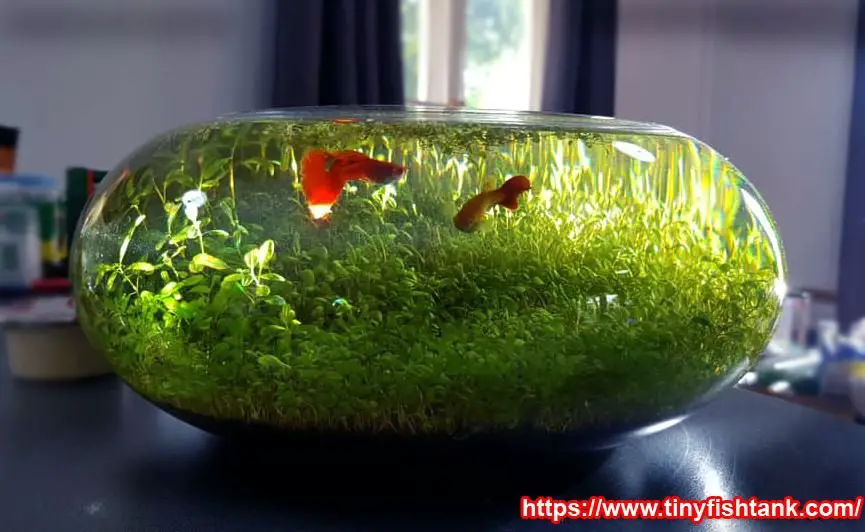
Table of Contents
- How Long Can Guppies Live Without Oxygen?
- How can you control the oxygen levels in a guppy fishbowl?
- How do I oxygenate my guppy fishbowl?
- What causes the oxygen level to go down in the fish bowl?
How Long Can Guppies Live Without Oxygen?
Guppies receive oxygen from the water. The less oxygen in the water could produce stress on their organ, making them ill. The fish gills are used to pump the water in the body and use the oxygen molecule found in the water to run the respiratory organ.
Therefore, if the Guppies are kept in a closed container where there is no air pump or any direct contact with the air to the water, the oxygen level will decrease over time.
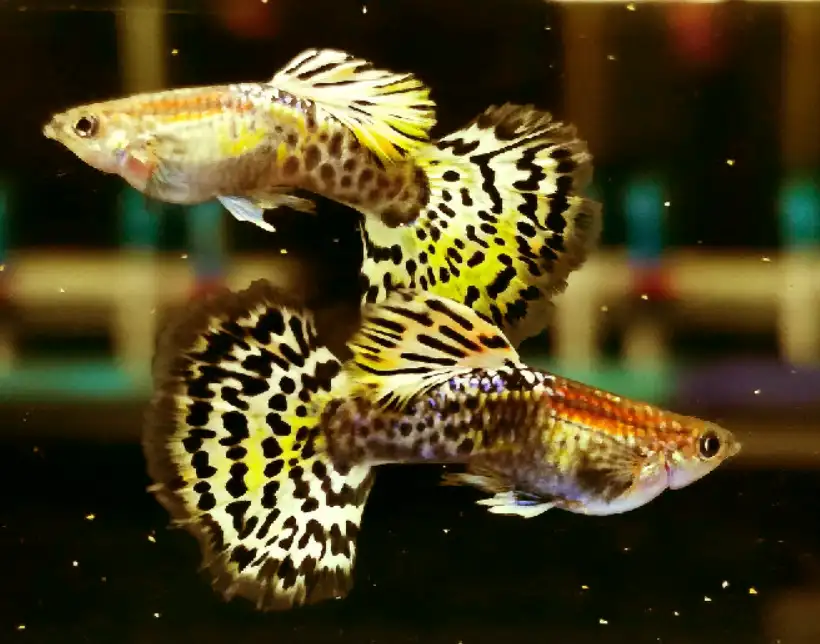
Guppies will have a hard time to breath resulting in sickness. In the worst scenario, the guppies will die if you do not provide the oxygen in time.
Guppies will not survive too long. You should have an arrangement of the oxygen pump to keep the water in the excellent condition.
The shallow water the water depth is low. The fish’s movement in the water causes the water to capture the oxygen from the air and circulate in the water.
The process repeats itself allow the guppies to get a sufficient amount of oxygen in the water.
Therefore, in Shallow water conditions, guppies generally survive for more than two days.
In some situations, the guppies can survive for weeks if the water temperature is moderated, and sufficient food is available.
If there are too many fish in the water, the oxygen level will drop quickly, leaving no oxygen to breathe for the fish.
No fish will survive if the water is not oxygenated. Adequate oxygen is needed to keep the fish in good health.
How can you control the oxygen levels in a guppy fishbowl?
Oxygen level decreases over time due to various factors. The low oxygen level can be managed using the battery-powered air pump. It will oxygenate the water during the power cut.
When you are using the air pump in the fishbowl, do not keep the pump for the whole day.
The excess oxygen also not good for the fish. It may affect the health of the fish.
You may notice the excess oxygen is generating bubbles on the surface of the water. When you see such bubbles, turn off the air pump for a while.
How do I oxygenate my guppy fishbowl?
The best solution is to have the HOB filter, air pump, or some device that pumps the air in the water. When oxygenated air comes in contact with the water, it creates a water reaction increasing the bowl’s oxygen level.
Using the small size fountain in the water also helps you to oxygenate the water in the fishbowl.
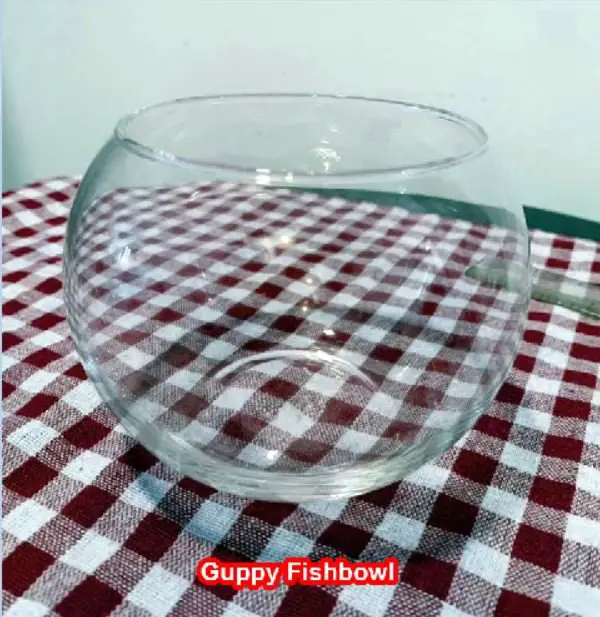
Here are some of the ways you can control the oxygen level in the guppy’s fishbowl
1) Use an air pump to pump the air into the water. Keep the air flowing underwater with the help of the small size pipe that produces the bubbles.
The passing oxygen in the air will be diluted in the water. It will lift the oxygen level in the bowl.
2) Keep the moving water flowing in the water from the heights. You may have to make some arrangements to manage such type of structure.
The idea is to keep the water flowing from the height where the water gets in contact with the air mixing the water’s oxygen.
3) Regularly change the water by about 50% every day to keep the freshwater with high oxygen content available for the guppies to breathe.
In certain cases, you may have to change the water a few times a day if the guppies are having trouble consuming the oxygen from the water.
The closed container loses oxygen rapidly. In such conditions, the guppies would require more freshwater to survive.
4) Ice cubes are used to control the temperature in the water. The right temperature increases the oxygen level in the water.
5) Have a battery-powered air pump for emergency purposes such as a power cut.
Battery-powered equipment would help you to pump the air in the water during an emergency. It is a great way to oxygenate the fishbowl.
What causes the oxygen level to go down in the fish bowl?
The biggest reason for the less oxygen in the water is the water temperature. The controlled temperature increases the oxygen level and provides sufficient breathing space to the fish. Coldwater holds more oxygen molecules that are dissolved in the water.
Hence, stay on the side where the temperature is less. The warmer side would have less oxygen level.
However, it would be best if you kept in mind that guppies would prefer warm water. Therefore, managing the water at the right temperature is vital to keep guppies in good health.
If you are using chlorinated chemicals or medicine to improve the water condition, ensure that you are using it at the right unit.
It may affect the oxygen level in the water. It would be best if you were very careful with the aquarium’s chemicals to clean the water.
Chemicals react to the oxygen in the water, reducing the level over time.
Final Verdict:
Guppies can live in a bowl without oxygen until receiving a sufficient amount of oxygen from the air.
If the water has less oxygen in it, it will move to the surface to breathe the oxygen from the air.
Remember that guppies staying at the surface for oxygen is not suitable for fish. It may stress out the fish, causing them to produce health problems.
Like every other creature, the fish cannot survive in the water with less oxygen.
Keep the bowl water fresh and oxygenated to avoid any lethal impact on the fish. You may have to make some arrangements in an emergency.
Related articles :-
what guppies can live with turtles
Why are my guppies not breeding?
